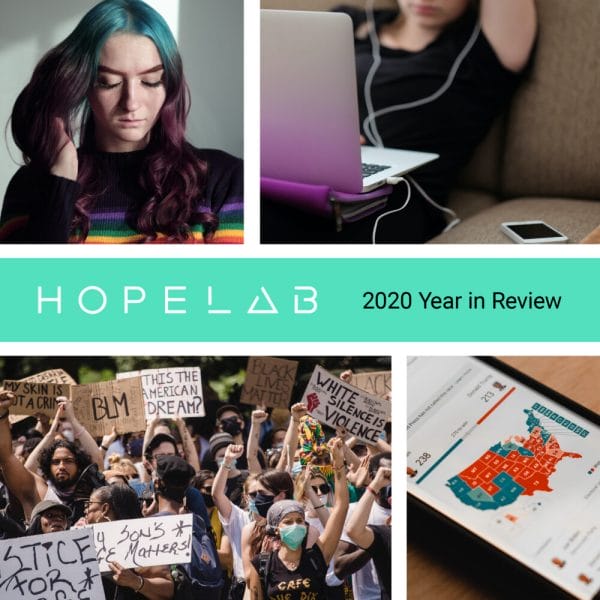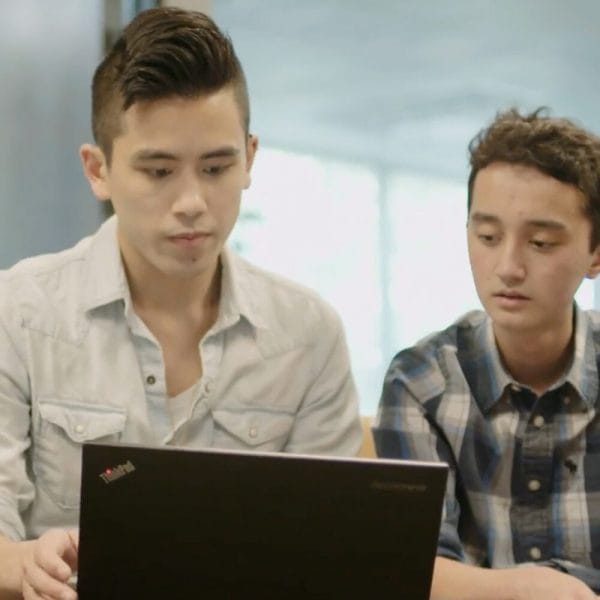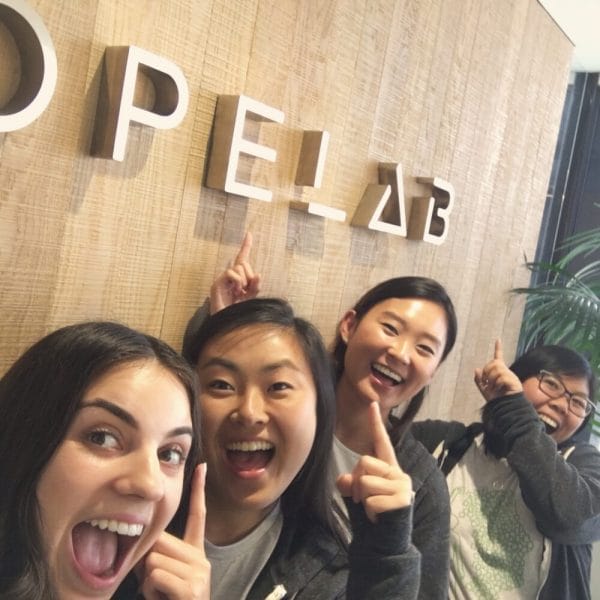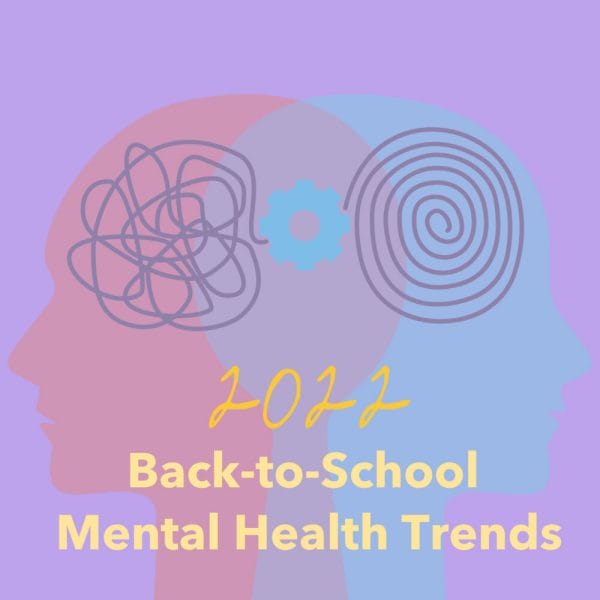
2024 National Survey
In partnership with Common Sense MediaThis study shows that while social media continues to pose risks, it also plays a beneficial role in supporting the mental health and well-being of young people — especially those from marginalized communities.

Part of the philanthropic sector’s commitment to equity must include tackling the impact of generations of systemic inequality and underfunding. We must remain steadfast when institutional and political forces try to scare us into backing away, not just during moments of heightened awareness around racial justice.

Caraway: Moving the Needle on Health Equity
In partnership with CarawayErin Sietstra chats with Lori Evans Bernstein, CEO & Co-founder of Caraway, about investing in health equity









